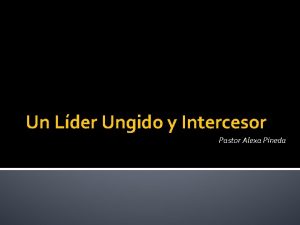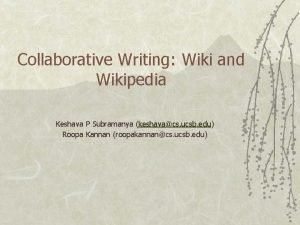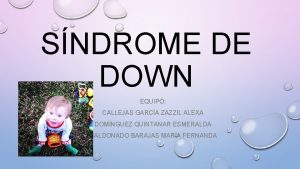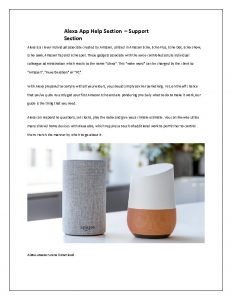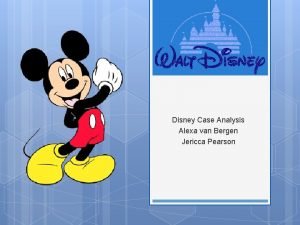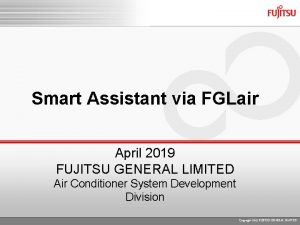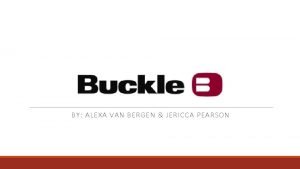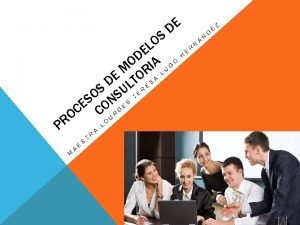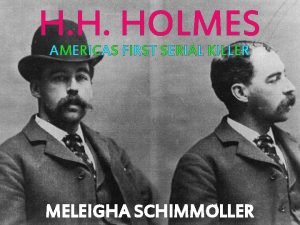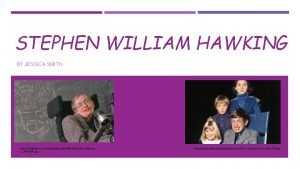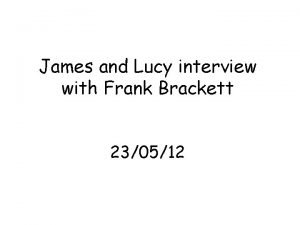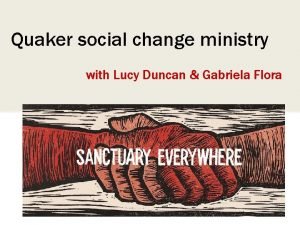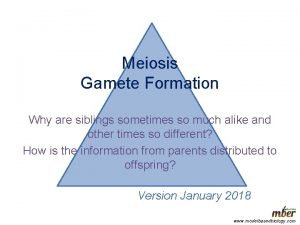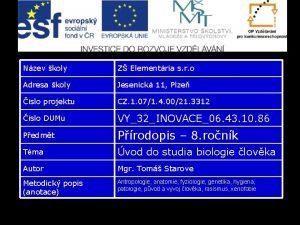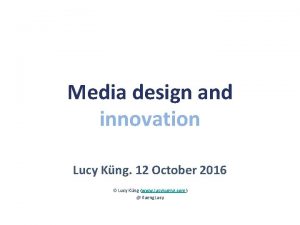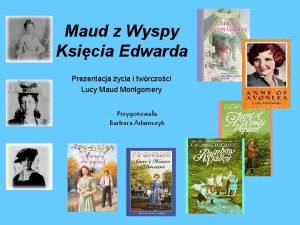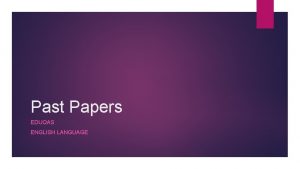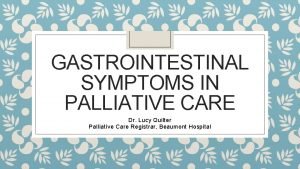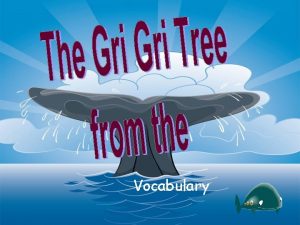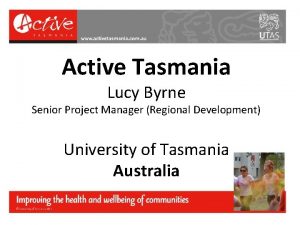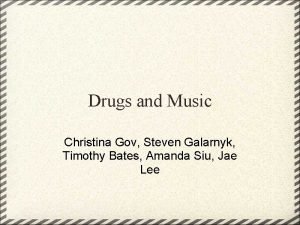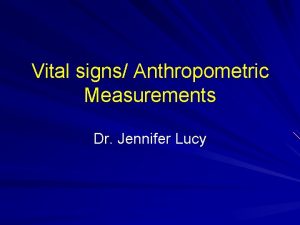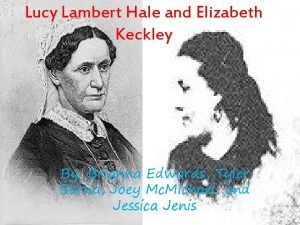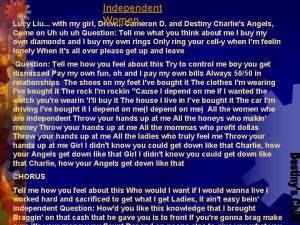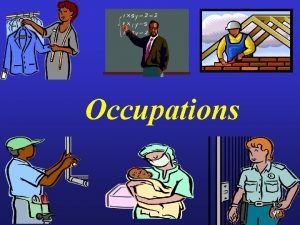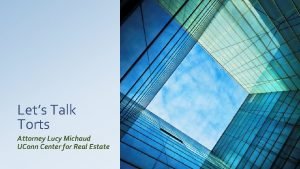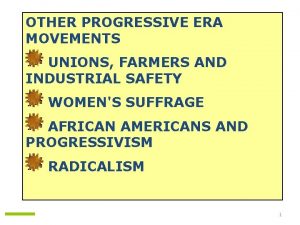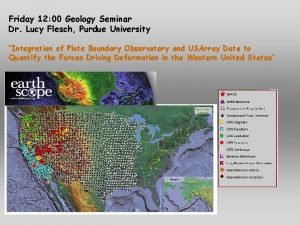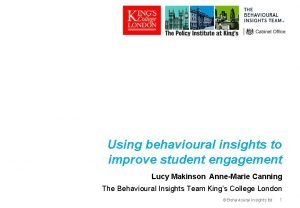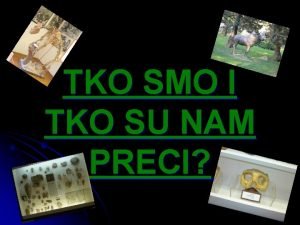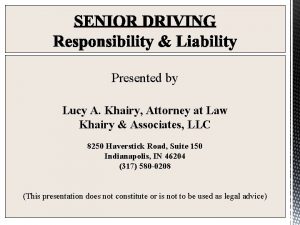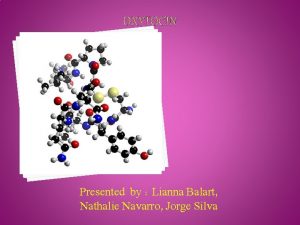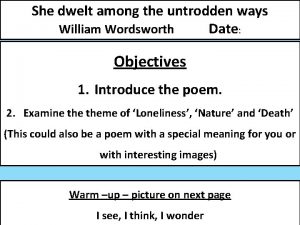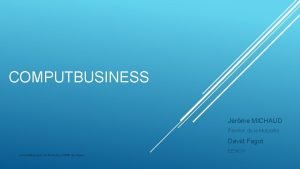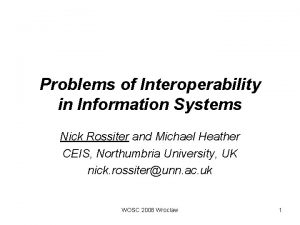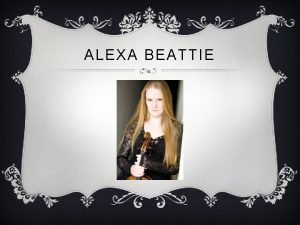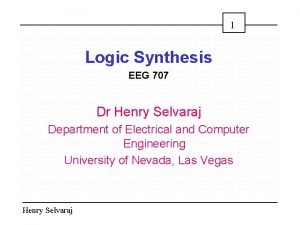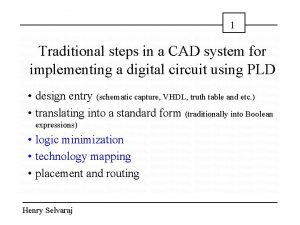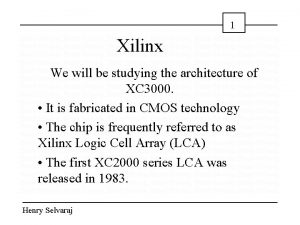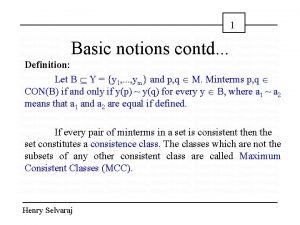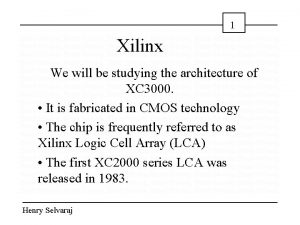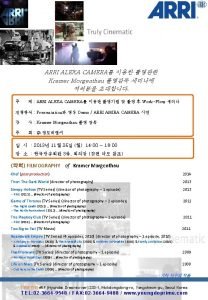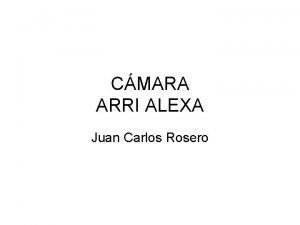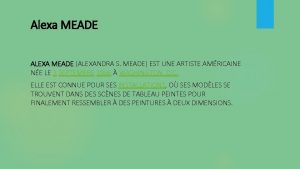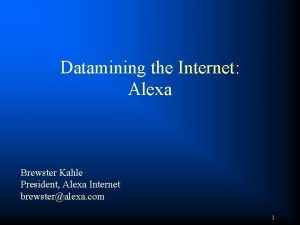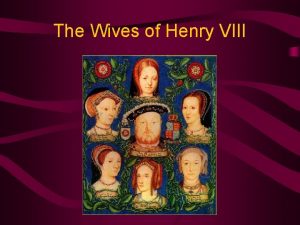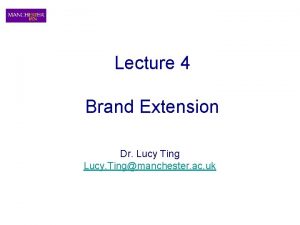1 Alexa Henry Lucy Emma CX 2 Amy






























































- Slides: 62

1 Alexa Henry Lucy Emma CX 2 Amy Lauren Yvette Faith 3 Joe Patrick Nancy Izzy Chloe 4 Rebecca Jess Harry Olivia

1 Nina Megan M Abi Megan H. S DX 2 Jemma Dana Ben Mae 3 Elizabet h Ella Molly Amy Elvis 4 Sophie Dan Ruby Lal

1 Laurence Megan Ellie Jemima EX 2 Becca Eli Rosie Jaden Ollie 3 Laila Mia Honour Hattie 4 Lucy Daisy Toby Seth 5 Ben Esme Hope Lydia

Approaches feedback please get out a different coloured pen If you did not sit the mock exam – please stay behind after the lesson

Homework: due in w/c 5 th October • Complete essay on MSM • If you achieved below target grade: complete approaches questions

The Multi Store Model of Memory Models of Memory

Starter

Objectives To be able to… • Describe the constitute parts of the Multi Store Model • Describe research into the capacity/duration of the Sensory Register • Evaluate the multi-store model

The MSM What is a Model? • The MSM was developed by Atkinson and Shiffrin (1968) • Memory is a flow of information through three different stores. Each store differs in terms of capacity, duration and coding.

Multi Store Model of Memory Atkinson & Shiffrin (1968) Maintenance Rehearsal Environmental Stimuli Retrieval Sensory Register (SR) Attention Short-Term Memory (STM) Long-Term Memory (LTM) Rehearsal Decay Animation Forgetting

The MSM

Task: In your packs draw and fill in as much of the grid below (main) CODING DURATION CAPACITY Sensory register Short term memory Long term memory Extension Identify a study that investigated the STM 10 sec) Identify a study that investigates the LTM (10 sec)

Should look something like this… CODING DURATION (form) (how long) CAPACITY (how much) acoustic 5 -9 items (Main) Sensory register Short term memory Long term memory semantic 15 -30 seconds A life time unlimited

Sensory register, also called sensory memory, refers to the first and most immediate form of memory you have. The sensory register is your ultra-short-term memory that takes in sensory information through your five senses (sight, hearing, smell, taste and touch) and holds it for no more than a few seconds. Our senses are engaged when we are exposed to a stimulus or something that causes a sensory response, such as a strong odour. It is the sensory register that enables you to remember sensory stimuli after your exposure to the stimuli has ended. If it does not receive attention information is lost.

Coding in the SR There is very little coding in the sensory register. Information enters the memory system through our senses, and it is thought that everything we see, hear, touch, smell and taste enters sensory memory (sensory register) and remains in its raw form. There are different registers of each sense, for example. Iconic register: memory for visual information Echoic register: memory for auditory information Haptic register: memory for touch The store is modality-specific

Class Experiment I will press the start button. You need to stare at the blue cross on screen. A table of 12 letters and numbers will appear for 50 milliseconds (a blink of an eye). You then need to write down as many of the letters and numbers as you can. Ready?

Start


F Y W B K P T G Q S M L

Write down as many as you can! F Y W B K P T G Q S M L How many did you get?

Class Experiment We will now repeat this again. However this time after the grid has gone I will say ‘high’, ‘middle’ or ‘low’. You need to recall only the letters in the row I specify. High Middle Low

Start


S P J F S M H Q D Y T R

Write down as many as you can! How many did you get?

What did we find out? Did you recall a larger percentage of correct items when you had to recall the whole grid or just one row? What do you think this experiment is testing? What do you think it shows or suggests?

Sperling (1960): Sensory Memory If you got approximately 3 items from the row, that suggests that you took in 9+ from the whole array. . . but they fade faster than you can write them down. Sperling conducted this experiment. Participants saw a grid of digits for 50 milliseconds. They were either asked to write down all 12 items, or that they would hear a tone immediately after and they would have to recall that particular row.

Evidence for the Sensory Store Sperling (1960) 7 X B 1 L 4 V 5 W F 3 7 Whole Thing = 5 items recalled about 42% One Row = 3 items recalled about 75% High Tone Medium Tone Low Tone

Sperling (1960): So what does this suggest? Theoretically participants should have been able to remember 4 items from a row, however approximately only 3 were remembered. This suggests that sensory memory cannot hold information for long. The briefly shown information faded from memory before it could be recalled Information decays rapidly in the sensory store! This supports the existence of a sensory store!

Duration of the SR Between the sensory register and short-term memory there is a filter called ‘attention’. It is believed that information that is not attended to is lost very quickly According to research, iconic memory has a very short frequency, maybe up to ½ a second (500 milliseconds). It is a little longer in echoic memory, with information remaining for about 3 seconds. Iconic memory is thought to cause the impression of an illuminated line when you wave a sparkler on bonfire night, you can even spell out someone’s name.

Task: In your packs draw and fill in as much of the grid below (main) CODING DURATION CAPACITY Sensory register Short term memory Long term memory Extension Identify a study that investigated the STM 10 sec) Identify a study that investigates the LTM (10 sec)

Complete Coding, Capacity and Duration of the SR CODING DURATION (form) (how long) CAPACITY (how much) Iconic, echoic, other Iconic-1/2 s Very large acoustic 7 items (Main) Sensory register Short term memory Long term memory Echoic-3 s semantic 15 -30 seconds A life time unlimited

Plenary: ABC How well do you know the Model? You will be put in groups of three. The teacher will decide who is ABC A holds the key terms B talks for one minute about the MSM and A ticks off the key terms used. • C then talks for a further minute and tries to fill in any gaps. • A then reads out the words missed and you define together. • • •

Multi Store Model

Find the errors Find the 11 mistakes: Outline the multi-store model of memory (6 marks) The WMM suggests that there are three separate stores: The sensory register, short-term memory (STM) and long-term memory (LTM). Information first passes through the sensory register, where it can be stored for between 15 and 30 seconds. If the information is not attended to, it is likely to be forgotten. There a number of different types of sensory register depending on the sense from which the information is received. Visual information is stored in echoic memory, and auditory information is stored in iconic memory. If information is attended to, it is passed into STM where it will last for up to 5 minutes without rehearsal. In STM, it is believed that an average of 8 (plus or minus 3) items can be stored, although much is lost through displacement. It is also believed that information is mainly coded acoustically. After maintenance rehearsal, information is transferred into LTM, where it has an unlimited duration, a limited capacity and information is mainly encoded visually. Forgetting is thought to occur through the decay of information if it is not used or retrieval failure. To retrieve information from LTM, it must be sent back into STM, and these decisions are governed by the central executive.

Improve the answer What would the right information be? Outline the multi-store model of memory (6 marks) The WMM suggests that there are three separate stores: The sensory register, short-term memory (STM) and long-term memory (LTM). Information first passes through the sensory register, where it can be stored for between 15 and 30 seconds. If the information is not attended to, it is likely to be forgotten. There a number of different types of sensory register depending on the sense from which the information is received. Visual information is stored in echoic memory, and auditory information is stored in iconic memory. If information is attended to, it is passed into STM where it will last for up to 5 minutes without rehearsal. In STM, it is believed that an average of 8 (plus or minus 3) items can be stored, although much is lost through displacement. It is also believed that information is mainly coded acoustically. After maintenance rehearsal, information is transferred into LTM, where it has an unlimited duration, a limited capacity and information is mainly encoded visually. Forgetting is thought to occur through the decay of information if it is not used or retrieval failure. To retrieve information from LTM, it must be sent back into STM, and these decisions are governed by the central executive.

The correct answers Outline the multi-store model of memory (6 marks) The multi-store model of memory (MSM) suggests that there are three separate stores: The sensory register, short-term memory (STM) and longterm memory (LTM). Information first passes through the sensory register, where it can be stored for between 1/2 and 3 seconds. If the information is not attended to, it is likely to be forgotten. There a number of different types of sensory register depending on the sense from which the information is received. Visual information is stored in iconic memory, and auditory information is stored in echoic memory. If information is attended to, it is passed into STM where it will last for up to 30 seconds without rehearsal. In STM, it is believed that an average of 7 (plus or minus 2) items can be stored, although much is lost through displacement. It is also believed that information is mainly coded acoustically. After maintenance rehearsal, information is transferred into LTM, where it can last up to a life time, an unlimited capacity and information is mainly encoded semantically. Forgetting is thought to occur through the decay of information if it is not used or retrieval failure. To retrieve information from LTM, it must be sent back into STM.

Objectives • Describe the MSM and apply to an exam question • Evaluate the MSM

Task: In your packs draw and fill in as much of the grid below (main) CODING DURATION CAPACITY Sensory register Short term memory Long term memory Extension Identify a study that investigated the STM 10 sec) Identify a study that investigates the LTM (10 sec)

Complete Coding, Capacity and Duration of the SR CODING DURATION (form) (how long) CAPACITY (how much) Iconic, echoic, other Iconic-1/2 s Echoic-3 s Very large acoustic 15 -30 / 18 seconds A life time 7 (+/- 2) 5 -9 items unlimited (Main) Sensory register Short term memory Long term memory semantic Complete page 9 in your pack

Evaluation In your groups, discuss…. What is a case study?

Case Studies “An in-depth study that gathers a lot of detail about one person or a small group. ”

Case Studies Research into case studies can provide important information about how the memory works. 3 cases that can be used to evaluate the MSM are: 1. KF (Shallice and Warrington) 2. HM (Milner et al) 3. Clive Wearing Research the case study of HM. Does it support/refute the MSM? It is important you can apply these cases to the MSM

Supporting Research q The case study of HM q Brain surgery to reduce epilepsy resulted in removal of the hippocampus. q After surgery he could not lay down new Memories q His STM was intact but there was a problem Transferring information from his STM to LTM (anterograde amnesia) Write a PEEL paragraph explaining how HM supports the MSM on page 10

HM could not… • learn new words, songs or faces • He forgot who he was talking to as soon as he turned away, • He didn't know how old he was or if his parents were alive or dead • He never again clearly remembered an event, such as his birthday party, or who the current president of the United States was.

HM did… • retain the ability to learn some new motor skills such as becoming faster at drawing a path through a picture of a maze, • Learnt to use a walking frame when he sprained his ankle, but this learning was at a subconscious level. He had no conscious memory that he had ever seen or done the maze test before, or used the walking frame previously.

https: //www. youtube. com/watch? v=Vwigmktix 2 Y Clive Wearing

Is The MSM Too simplistic? How does the case of Clive wearing challenge the MSM? • Researchers have found that there are more than one kind of LTM. These are: • 1. Procedural • 2. Episodic • 3. Semantic • The multi store model does not consider that the LTM is any more complex than a single store. The fact that more than one type of LTM has been identified challenges the MSM.

Exam practice KF had a motorcycle accident which left him with a severely impaired STM, in fact he could only retain two chunks of information in his STM instead of the normal 7+/-2. However, his LTM remained intact and he could recall stored information and even lay down new memories. Using your knowledge of the multi store model does this case study support or challenge the model. Explain your answer (3)

Model Answer The research does support the MSM as it shows that the STM and the LTM must be separate. KF had an impaired STM but his LTM was relatively intact. This means you can damage one and leave the other intact. This strongly supports that the STM must be separate stores as one can be disrupted leaving the other intact. The MSM states that the STM and the LTM are indeed separate. OR The research does not support the MSM as it shows that information can be passed straight to the LTM without first going through the STM. KF’s STM was severely impaired but he could still lay down new LTM. According to the MSM information enters the sensory store and there is a flow of information through to the STM and finally the LTM. If the STM is impaired this should also affect the LTM. However, in KF’s case it seems that information can go to the LTM even though the STM is damaged.

What is a flashbulb memory and how do they challenge the MSM? A flashbulb is a special kind of long term memory where people remember who they were with, what they were doing how they felt when they first heard about a significant event. The reason this challenges the MSM is because it shows that some information immediately enters the LTM without rehearsal. Challenge – Can you think of any issues with this point?

Is the MSM too simplistic? • Baddeley developed a model called the working memory model. This focuses on the complex and dynamic nature of the STM. • This model challenges the MSM as it says the STM is far more complex than first thought and it has a number of different components responsible for different types of processing.

Use the tripartite division of long-term memory to evaluate the Multi. Store Model of Memory as proposed by Atkinson and Shiffrin (1968) (3 marks) The Multi-store model (MSM) suggests that there is only one store for LTM, however, evidence has shown that there at least three different types of LTM (I mark). Additionally, the evidence for this comes from biological research showing localisation differences in the brain when we recall different types of memories, for example, the hippocampus forming new semantic and episodic memories (2 marks). Based on the strong scientific evidence, it is suggested that the original concept of LTM is oversimplified in the MSM, and should be replaced with the other concepts of episodic, semantic and procedural memory (3 marks).

Plenary • At the back of your pack is a research grid… Complete the grid with the research that we have looked at so far. • Complete track my learning grid

Essay focus Discuss the multi-store model of memory. (12 marks) 1. 2. 3. 4. What research could you describe that supports the MSM? What research could you describe that challenges the MSM? Does the MSM fail to explain anything? Do these explanations offer any practical applications? How are they useful to us? In groups, answer the above questions

Marking standards…

Task: read the evidence, work out the point and the explain/so what Evidence 1: • Point: • Evidence: For example, Glanzer and Cunitz found that If participants were prevented from rehearsing a list of one syllable words for a short period by counting backwards in threes (the Brown-Peterson technique), they could remember the first words in the presentation, but not those presented in the middle or the end. If participants were allowed to recall immediately, they remembered both the words at the beginning and the end of the lists. This is known as the primacy-recency effect. This supports the MSM in that the words at the beginning of the list are rehearsed and therefore placed in LTM, but the words in the middle of the lists are quickly displaced by rehearsing the first words, however, the words at the end of the list are remembered because they are still fresh in STM. In contrast, If rehearsal is prevented at the end of the list, then the end words are neither in STM because of decay, or in LTM because displacement of counting backwards in threes. • Explain/so what:

Evidence 2 • Beardsley (1997) found that the prefrontal cortex is active when individuals are involved with tasks involving short-term memory. Squire et al, (1992) found that the hippocampus is active when long-term memory is engaged.

Evidence 3 • Participants were asked questions about stimulus words at different processing ‘levels’. The words with questions that required a ‘shallow level’ of processing, for example, “is the word printed in capital letters” were less likely to be recalled that words with questions that required a ‘deep level’ of processing, for example, “Is the word a type of fruit. ”

Evidence 4 • In a case study, after a virus caused damage to the hippocampus, Clive wearing had very little long term memory for events that had happened in his life, but could still remember skills such as playing piano, reading music and writing in a diary https: //www. youtube. com/watch? v=Wmz. U 47 i 2 xgw

Evidence 5 • There is plenty of evidence from everyday life that information passes from STM to LTM without the need of maintenance rehearsal

Evidence 6 • The model informs students that to pass information into a permanent store, they need to repeat the rehearsal of the information required. Just reading it once would not be considered effective rehearsal, according to the model
 What is rational numbers
What is rational numbers Surf annonymously
Surf annonymously Un testimonio personal
Un testimonio personal Alexa voice training
Alexa voice training Rupa subramanya wiki
Rupa subramanya wiki L
L Alexa windows 7
Alexa windows 7 Alexa callejas xx
Alexa callejas xx Occog general assembly
Occog general assembly Alexa schnoor
Alexa schnoor Where is the help section on the alexa app
Where is the help section on the alexa app Strategic group map disney
Strategic group map disney Amazon alexa workshop
Amazon alexa workshop Alexa bergman
Alexa bergman Fglair setup
Fglair setup Marc alexa
Marc alexa Alexa bosley
Alexa bosley Alexa bezjian
Alexa bezjian Van bergen kit number
Van bergen kit number Alexa television
Alexa television Alexa mills ph
Alexa mills ph H. h. holmes lucy theodate holmes
H. h. holmes lucy theodate holmes Lucy hawking william smith
Lucy hawking william smith Lucy manfredi
Lucy manfredi Lucy crawford
Lucy crawford Lucy slinger ikea
Lucy slinger ikea Lucy duncan
Lucy duncan How many chromosomes do we have
How many chromosomes do we have Lucy marstrand-taussig
Lucy marstrand-taussig Australopithecus lucy
Australopithecus lucy Lucy calkins writing units
Lucy calkins writing units Lucy kueng
Lucy kueng Maud z wyspy księcia edwarda
Maud z wyspy księcia edwarda Eduqas english language past papers
Eduqas english language past papers Lucy quilter
Lucy quilter Cyclone lucy
Cyclone lucy Temporal arteritis
Temporal arteritis Lucy wang designer
Lucy wang designer Lucy calkins quotes
Lucy calkins quotes Lucy byrne
Lucy byrne How does mirabella interact with the rest of the pack
How does mirabella interact with the rest of the pack Timothy galarnyk
Timothy galarnyk Vital signs and anthropometric measurements
Vital signs and anthropometric measurements Lucy lambert hale
Lucy lambert hale Lucy liu with my girl drew
Lucy liu with my girl drew For lucy
For lucy Lucy pepper
Lucy pepper Lucy gratton
Lucy gratton Lucy movie 2014
Lucy movie 2014 Lucy michaud
Lucy michaud Lucy burns
Lucy burns Lucy garratt
Lucy garratt Lucy flesch
Lucy flesch Student engagement insight
Student engagement insight Lucy pračovjek
Lucy pračovjek Lucy khairy
Lucy khairy Sofia lianna leak
Sofia lianna leak Lucy manfredi
Lucy manfredi William wordsworth she dwelt
William wordsworth she dwelt Lucy michaud
Lucy michaud Lucy rossiter
Lucy rossiter Lucy langer md compass oncology
Lucy langer md compass oncology Lucy snider
Lucy snider


